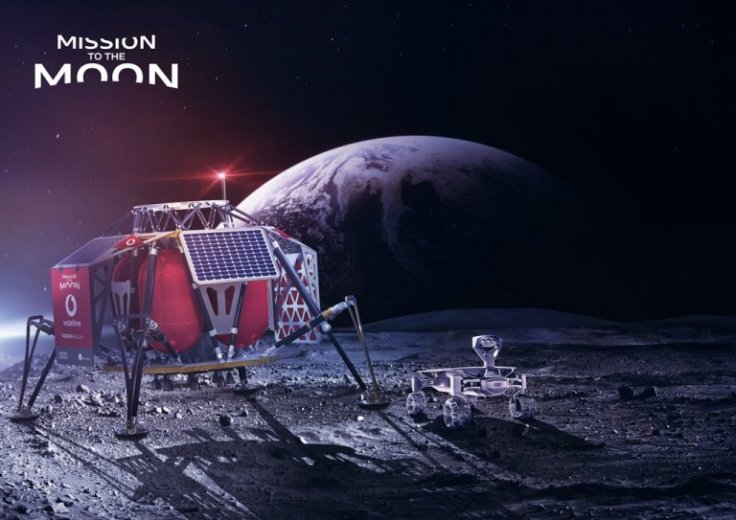For a base to create on the Moon for future Mars mission, astronauts will need a better communication network than the current standard in space. Thus, the U.S. National Aeronautics and Space Administration (NASA) has decided to award a multi-million-dollar contract to Nokia to set up an LTE communication network or 4G on the Moon.
Nokia will get NASA's blessings in terms of a $14.1 million funding. The investment was part of NASA's $370 million lunar surface research projects. Dubbed as the Tipping Point program, NASA wants to fund private companies to develop technologies that will help set up a base on the Moon before astronauts return to the space rock in 2024 through the Artemis mission.
"We want to build the lunar infrastructure that is going to enable an international partnership for the biggest, broadest, most diverse inclusive coalition of researchers and explorers in the history of humankind," said NASA Administrator Jim Bridenstine.

Reliable Communication
At present, communication between lander and rovers are through the first-generation radio waves with limited bandwidth. Even during the Apollo missions (1969-1972), NASA had to rely on radio communication using transmitters and base stations to relay messages. The agency used its Unified S-Band of 2.2 GHz. Developed by NASA's Jet Propulsion Laboratory, it enabled all communications.
But as NASA wants to send astronauts back to the Moon and set up a base by 2028, it will need better technology for them to stay for a longer duration. With 4G (fourth generation) mobile communication technology, NASA hopes Nokia can provide an efficient and reliable platform on the Moon.
"The system could support lunar surface communications at greater distances increased speeds, and provide more reliability than current standards," NASA said regarding the contract, United Press International reported.

However, with 5G already slowly rolling out on Earth, it brings the question of why the latest technology isn't preferred. That is because 5G depends on millimeter waves that can only reach shorter distance, meaning many more towers will be required to be built on the Moon — something not feasible.
For now, to set up the network on the Moon, Nokia will test the current terrestrial 4G communication equipment and will modify the systems to suit the lunar environment. The 4G network will be used by not only rovers but also astronauts on the proposed lunar base.
"With NASA funding, Nokia will look at how terrestrial technology could be modified for the lunar environment to support reliable, high-rate communications," said Associate Administrator, Jim Reuter of NASA's Space Technology Mission Directorate.
Previous Attempt
The project to set up a 4G network on the Moon isn't new though. Nokia back in 2018 joined hands with Vodafone Germany and carmaker Audi as part of an agreement with Berlin-based PTScientists to carry out the project. The company set a target to launch to Moon on a SpaceX Falcon 9 rocket by 2019. Vodafone also promised HD video and high-speed data transfer between the rovers. However, the project didn't materialize and PTScientists filed for bankruptcy protection last year. It remains to be seen if Nokia can finally reach the Moon and set up its technology.








